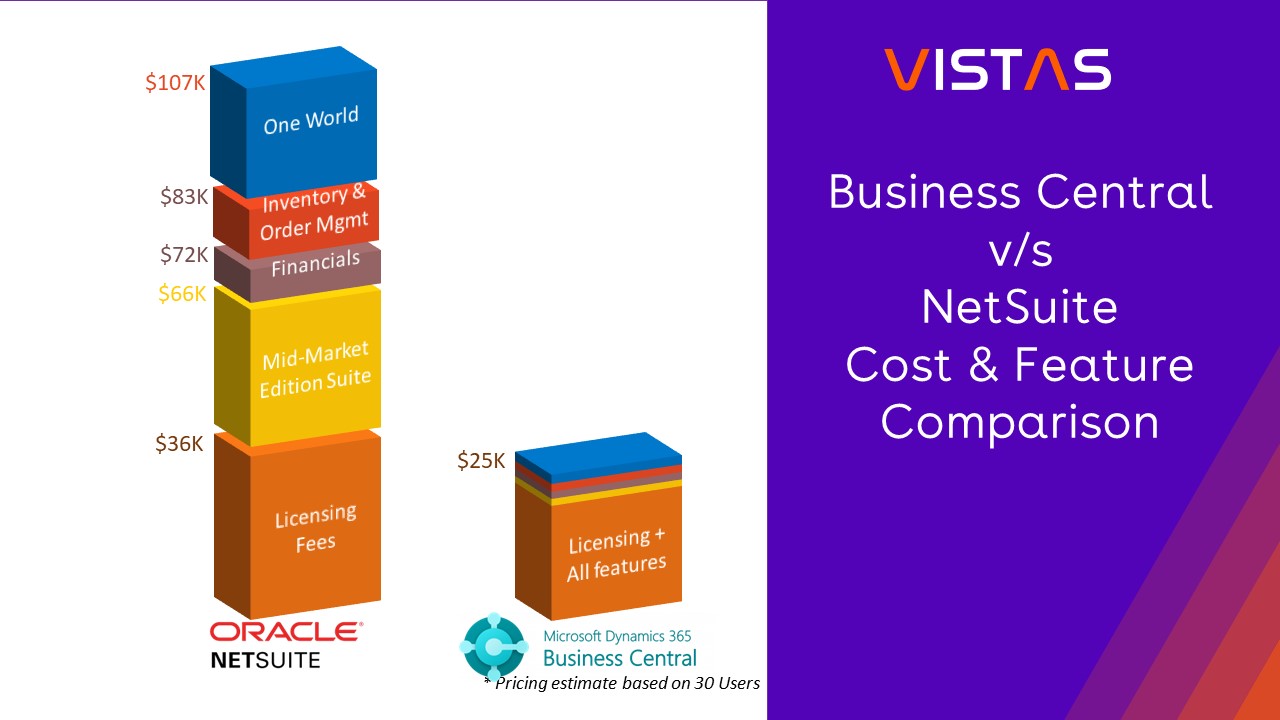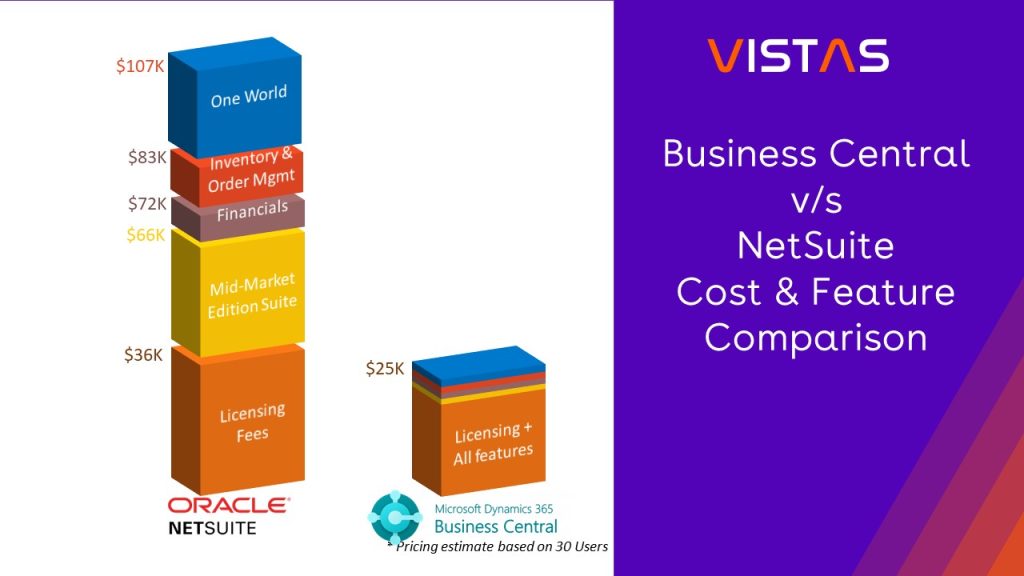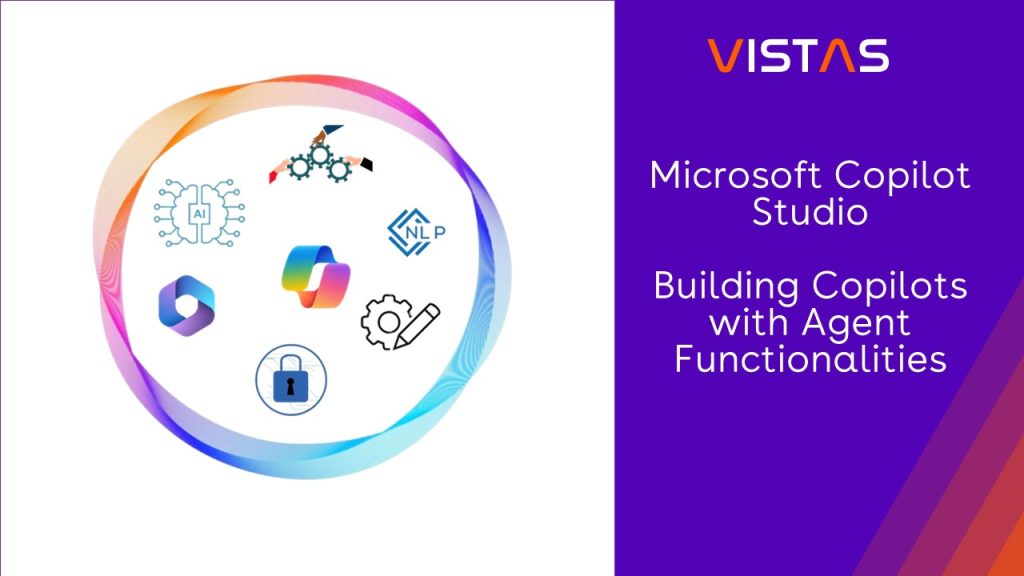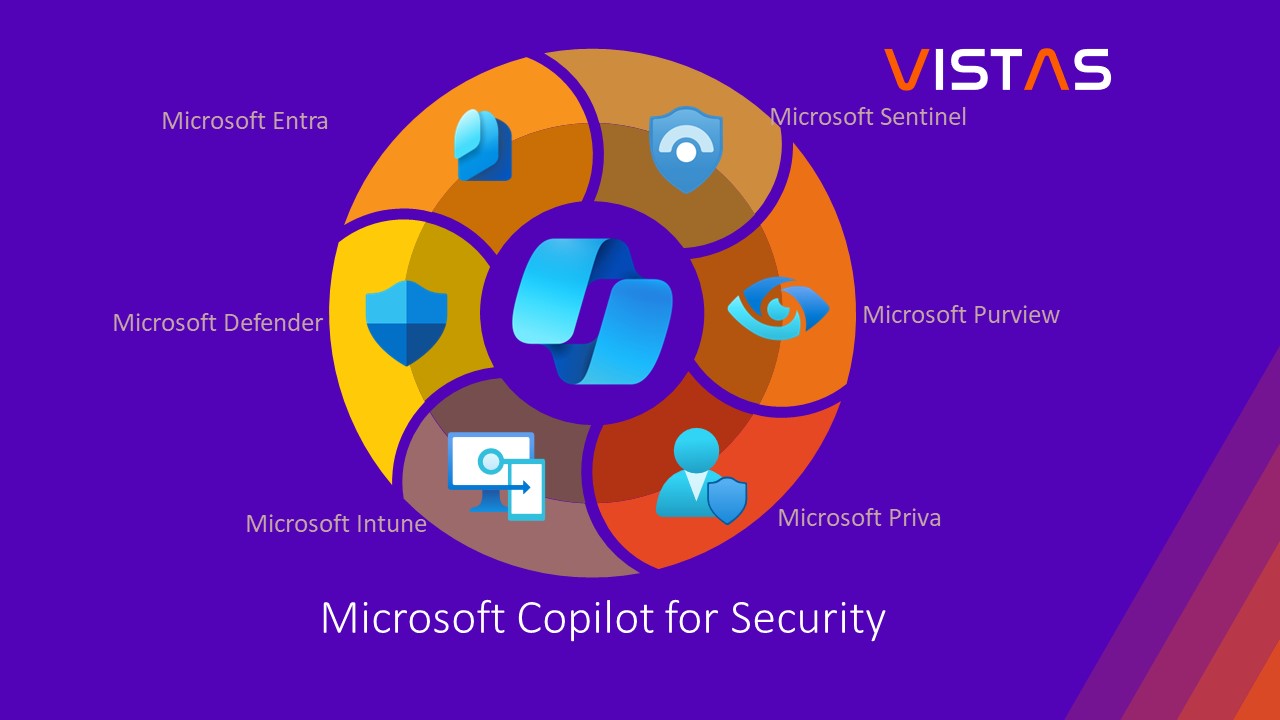Microsoft Dynamics 365 Business Central Overview Series - A More Organized Warehouse Management
A warehouse management system (WMS) is designed to support and optimize warehouse functionality and distribution center management. These systems facilitate management in using simplified automatic technologies useful in daily activities like planning, organizing, staffing, directing, warehouse keeping and controlling the utilization of available resources, to move and store materials inside, around and outside of a warehouse, while supporting staff in the performance of material movement and storage in and around a warehouse, without causing any large scale disruption to business resources.
Integration of ERP and WMS
Warehouse management systems are standalone systems, part of supply chain execution suites, or modules of an enterprise resource planning (ERP) system like Microsoft Dynamics 365 Business Central. Depending on the size and sophistication of the organization, warehouse management can be as simple as handwritten lists or spreadsheets using software such as Microsoft Excel or Access, as well as specialty Microsoft Dynamics 365 Business Central -WMS software systems. Warehouse management systems support warehouse staff in performing the processes required to handle all of the major and many minor warehouse tasks such as receiving, inspection and acceptance, put-away, internal replenishment to picking positions, picking, packing, value added services, order assembly on the shipping dock, documentation, and shipping (loading onto carrier vehicles). A warehouse management system also helps in directing and validating each step, capturing and recording all inventory movement, and status changes to the data file.
A warehouse management system usually represents the central unit in the software structure of a warehouse. The WMS receives orders from the overlying host system, mostly an ERP system like Microsoft Dynamics 365 Business Central, manages these in a database and, after appropriate optimization, supplies them to the connected conveyor control systems. This becomes clear when you look at the processes necessary for e-commerce: as soon as a customer places an order on a website the information is passed along via the business ERP system to the WMS. All necessary steps to manage this order, pick the ordered items, etc., are then processed within the WMS. Afterward, information is sent back to the business host computer to support financial transactions, advance shipping notifications to customers, inventory management, etc. Technologies that support WMS are communication technologies (radio frequency), automatic ID technologies (barcode, RFID, etc.), mobile computers, and occasionally automated material handling (conveyors and sortation) and storage equipment (carousels, automatic storage and retrieval, etc.).
Microsoft Dynamics 365 Business Central WMS functions:
- Bin
Organize your warehouse by assigning items to bins, the smallest unit in the warehouse logical structure. Use item journals to assign bin directly on document lines.
- Bin Setup
Set up and maintain bins by defining both the layout of your warehouse and the dimensions of your racks, columns, and shelves. Give input to planning by defining characteristics for bins.
- Inventory Pick and Inventory Put Away
Create pick lists from released sales orders and put away work from released purchase orders. Manage picking and put away work without opening sales and purchase orders when handling shipments.
- Warehouse Receipt
Create a put-away work directly from receipts. Manage receipts from a separate user interface in a multi-order environment.
- Warehouse Shipment
Create picking lists from shipments. Manage warehouse shipments from a separate user interface in a multi-order environment.
- Internal Picks and Put-Aways
Create pick and put-away orders for internal purposes, such as testing put-away for production output, without using a source document (such as a purchase order or a sales order).
- Warehouse Management Systems
Manage items on a bin level. Receive and put away items in bins, pick items from bins according to put-away templates, and pick items based on zone and bin rankings. Move items between bins using a report that optimizes the picking process and the use of space or move items manually. Create warehouse instruction documents for pick and put-away processes for sales, purchases, transfers, returns, and production orders.
As companies look for innovative ways to respond to changing customer demands, warehouse management (WMS) is the critical infrastructure in eCommerce and product storage. For better service management, upgrading WMS infrastructure is necessary. Microsoft Dynamics 365 business central provides a handy approach to deal with the service management needs through an integrated business support system. Microsoft Dynamics 365 business central is a cloud business application supported through a network of partners like VISTAS CLOUD. At VISTAS, we have over a decade of experience serving small to medium-size businesses with all business needs, including supply chain and project management. We support the unique needs of companies and have the expertise to customize Microsoft Dynamics 365 business central to fit your specific needs.
References:
- Fayol Henri, General and Industrial Management, 2013 translated reprint, ISBN 1614274592
- Gattorna, John (2015), Dynamic Supply Chains ISBN 1292016817
- Microsoft Dynamics 365 Business Central Capability Guide: by www.microsoft.com
Next: Make Manufacturing Easy with Dynamics 365 Business Central










